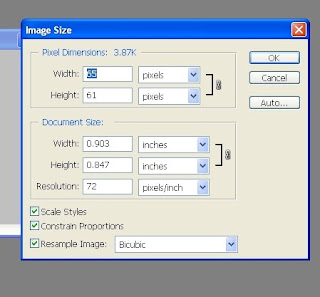10 Marketing Tips: Yard Signs & Banners
Table of Contents
- The importance of marketing with yard signs and banners
- Using yard signs and banners to promote your business
The importance of marketing with yard signs and banners
Stationary outdoor advertising normally includes the use of billboards, bus benches, yard signs, and banners. On the other hand, mobile outdoor advertising includes the use of ad signs placed on buses, taxis, or even your own vehicle (i.e. car magnets or magnetic signs). For the purposes of this post, we have chosen to focus on certain aspects of using cheap yard signs and banners based on their cost-effectiveness. It is well known that yard signs and banners are not only the most economical venues, but they are also quite functional and practical.
Using yard signs and banners to promote your business
The following is a list of ten marketing tips for using cheap yard signs and banners to promote and increase your business:
1. Always use a legible text that is clear, concise, and simple to read
2. The larger more legible fonts work best – examples include Arial, Sans Serif, or Verdana
3. Stick to a single idea or message when designing your cheap yard signs and banners – if the idea or message is too complex, it will not have a positive impact on those commuters who are trying to read it as they pass the yard sign or banner
4. Make it short and sweet – in other words, keep the message brief but get your point across and include an image, a company or product logo, or both.
5. Bold, bright colors work best – to an extent that is. Granted, we realize that you do want your cheap yard signs and banners to attract attention. However, if they are overly garish in appearance, the commuter won’t even try to read them
6. Choose the image you plan to use very carefully – this is especially true if you are placing an image of your face on the yard sign or banner. We recommend using no more than three visual elements and staying away from complex scenes or landscapes.
7. Identify what or who the advertising pertains to – your name and location are paramount because your idea or message means nothing to the consumer if they don’t know who you are and where to find you.
8. Keep the background of your cheap yard signs and banners as simple as possible – white backgrounds always work best as other colors used will stand out more effectively and attract more attention.
9. Don’t overdo the amount of white background that you use – granted, you do want images and messages bordered by the white background. However, if there is too much white, the yard sign or banner won’t be as appealing to the commuter passing them.
10. Test your cheap yard signs or banners – have a family member or friend pass by your yard sign or banner and get their reaction. Remember, that the commuter only has about 5-6 seconds when passing by to read your message, so use that as a criterion when testing their effectiveness.
Ready to get the signage your business deserves without breaking the bank? Visit our Super Cheap Signs today and discover the perfect solution at an unbeatable price. Click here to start saving!

